Sports watches are defined as being waterproof, sturdy, dependable, and stylish. It is without a doubt the most popular category of modern timepieces. However, people’s perceptions of sports watches are shifting as new types of timepieces—such as digital and smartwatches—are created and developed. This blog post will walk you through their history, current state, and resources for more instances.
What is a Sports Watch?
There are several perspectives on this. A sports watch may be:
- a mechanical timepiece appropriate for athletic attire and sports;
- a smartwatch that monitors and tracks your activity with accuracy;
- a digital watch with activity tracking and other crucial timing features;
- An antique watch that is meant to be used for non-sports-related purposes, such as dressing in athletic attire.
Although it would seem impossible to lump all of these watches into one category at first, they all share several characteristics. Crucially, you can utilize these features to pick a very wonderful watch, even if you don’t want all the tools it comes with.
Mechanical Sports Watches
Watch manufacturers have consistently strived to craft timepieces suitable for active lifestyles ever since the inception of the Jaeger LeCoultre Reverso, recognized as the world’s pioneering sports watch. Originating as a response to waterproofing challenges in the early 20th century, Rolex and counterparts successfully addressed this issue with the introduction of the Rolex Oyster in the late 1920s. Subsequently, the evolution of sports watches encountered challenges related to shock absorption, prompting diverse solutions over the years.
While the latter half of the 20th century primarily witnessed the development of sports watches tailored for diving, there emerged a notable trend incorporating influences from motor racing, as well as timepieces specifically designed for mountaineering and polar research.
The functionalities devised for these specific pursuits have significantly influenced the evolution of contemporary watches. Regardless of whether users engage in activities like diving, mountain climbing, or racing, modern watches invariably incorporate features that have gained widespread popularity among consumers.
Features of a Sports Watch
In essence, a sports watch must possess durability and resistance to damage, often resulting in a substantial and sturdy case. It should also be waterproof and user-friendly, featuring a clear dial and practical functions.
Examining the current global watch trends, exemplified by renowned models like the Patek Philippe Nautilus or the Audemars Piguet Royal Oak, we observe the incorporation of these essential attributes. Nevertheless, the market boasts a plethora of intriguing brands that warrant exploration for distinctive sports watches that may not be as widely recognized.
During the previous summer, we delved into a diverse array of watch microbrands, revealing that many of them initially gained traction by crafting dive watches or pilot watches. Similarly, numerous technically advanced brands produce robust yet user-friendly timepieces tailored for outdoor enthusiasts. Brands such as Luminox or Squale from Switzerland, and Christopher Ward in the UK, offer captivating mid-range sports watches worth exploring.
Top Sports Watches of 2023
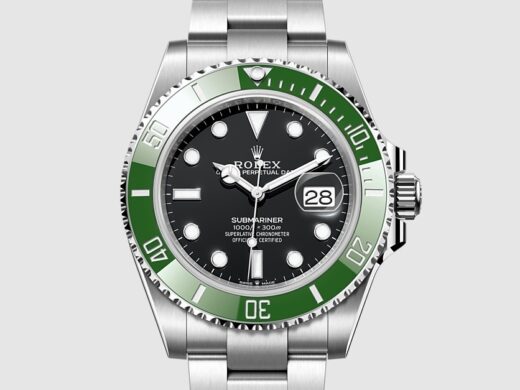
Rolex Submariner
An undeniably iconic timekeeping masterpiece, the Submariner was initially conceived as a dive tool watch and made its debut at the 1954 Basel Watch Fair. Boasting water resistance up to 330 meters and featuring a timeless design available in a case diameter of either 40 or 41 millimeters, it stands as the quintessential sports watch archetype.
Take, for instance, the Oystersteel, a prime illustration of this legacy. Despite numerous attempts at replication over the years, many enthusiasts find that only a genuine Submariner will meet their expectations.
Having accumulated nearly seven decades of history, the Submariner offers a plethora of collectible editions, each accompanied by a price tag reflective of its unique heritage. Notable among the discontinued models are the 6538, famously worn by Sean Connery in his initial four James Bond movies with a switch to a NATO strap in 1964’s Goldfinger, and the 50th-anniversary edition (16610LV) introduced in 2003.
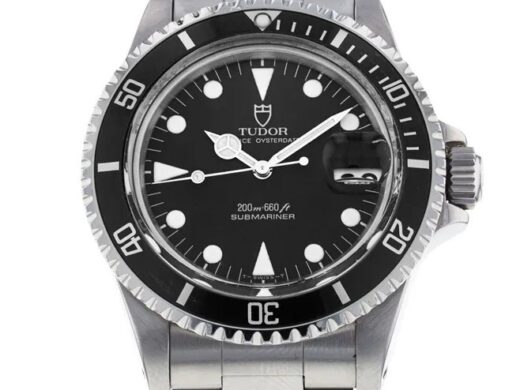
Tudor Submariner
Tudor holds a distinct position within the realm of Rolex enthusiasts. Established in 1926 by Rolex founder Hans Wildorf, this sibling company was initially conceptualized as an economical alternative, combining Rolex cases and bracelets with readily available movements.
A prime illustration of this approach is the Tudor Submariner 79090. Transitioning into the production of tool watches, Tudor became the designated supplier for both the US Navy Seals and the French Marine Nationale during the 1960s.
Renowned for their robust durability, Tudor watches were originally designed for military and professional divers. They have also served as the official timepieces for numerous polar expeditions.
The Tudor Submariner line features a distinctive collection of collectibles, including editions with big crowns and snowflake hands, as well as the Heritage Black Bay—an updated version of the early Tudor Submariner introduced in 2012.
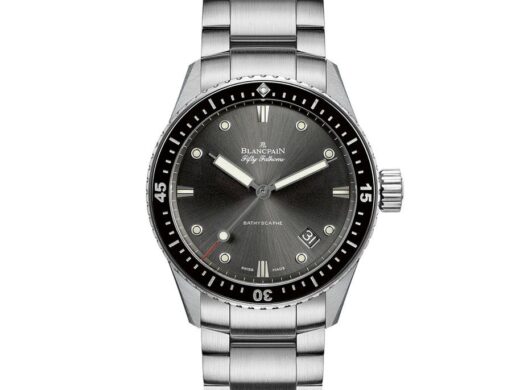
Blancpain Fifty Fathoms Bathyscaphe
Established in 1735, Blancpain holds the esteemed title of being the world’s oldest surviving wristwatch manufacturer. Since 1992, it has functioned as a subsidiary of the Swatch Group.
The Fifty Fathoms model, introduced in 1953, is widely acknowledged as the inaugural modern diving watch. Boasting water resistance up to 300 meters (with 50 fathoms being slightly over 90 meters), it exemplifies a perfect blend of minimalistic design and stylish elegance.
The Bathyscaphe, characterized by its ultra-lightweight build and a casing made of heat- and corrosion-resistant ceramic, stands out as a combination of sophistication and resilience.
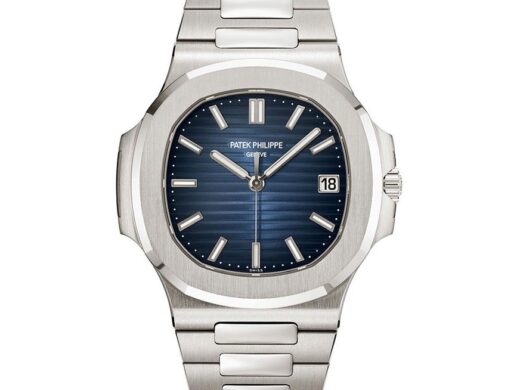
Patek Philippe Nautilus
Introduced in 1976, the Patek Philippe Nautilus was envisioned as the epitome of a luxury sports watch, featuring a unique porthole steel case seamlessly integrated with its bracelet.
Crafted by the renowned Swiss watchmaker Gérald Genta, the original model (3700) holds particular significance and is highly sought after by collectors. Genta, having previously designed the Royal Oak collection for Audemars Piguet, brought his distinctive touch to the Nautilus. While the original 3700 model remains the most coveted, the 30th-anniversary editions, specifically the 5711 and 5712, have also gained immense popularity among enthusiasts.
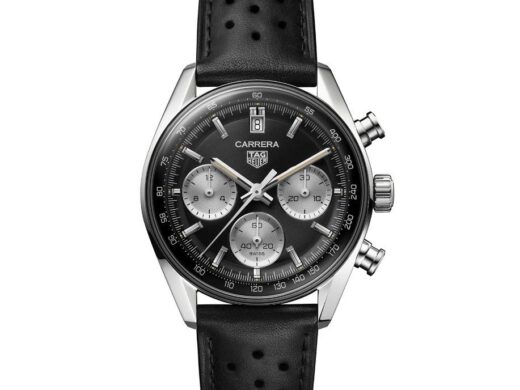
Tag Heuer Carrera
Tag Heuer has established a commendable reputation for its collection of racing and sports watches. Noteworthy among them is the Carrera Chronograph, renowned for its distinctive bezel, easily readable dial, and the harmonious blend of polished ceramic and steel elements. One distinctive feature is the minute numbering on the dial.
In contrast to the conventional 1–12-hour dial, the Carrera Chronograph dial showcases numbers from 05 to 60 in five-minute intervals. With a water resistance of up to 100 meters and a case size measuring 44 millimeters, this timepiece stands out as an affordable yet elegant option for enthusiasts.
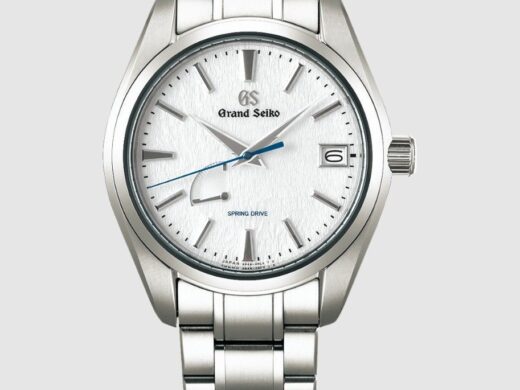
Grand Seiko Spring Drive
Derived from the Japanese “Seiko-sha,” meaning House of Precision, Seiko boldly challenged the dominance of Swiss watch manufacturing through a series of groundbreaking technological advancements. One of these innovations was the revolutionary spring drive movement, unveiled in 1999 for the Grand Seiko series after 28 years of meticulous development.
The spring drive mechanism harnesses energy akin to a traditional mechanical watch’s mainspring. However, it incorporates an electronic regulator, elevating precision to unparalleled heights and eliminating the need for regular battery changes. An excellent example of this technological prowess is evident in the Grand Seiko Spring Drive SBGA211, featuring an enduring titanium casing. This timepiece seamlessly combines technical sophistication with a timeless and straightforward design.
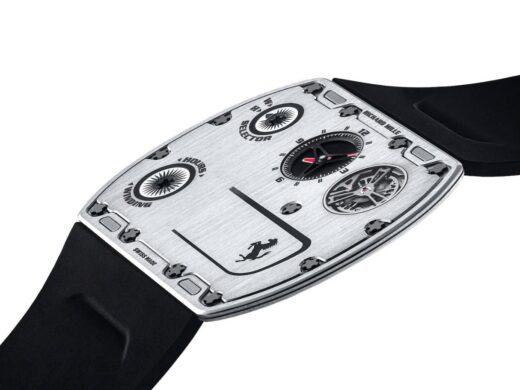
Richard Mille RM UP-01 Ferrari
In 2021, this immediately identifiable ultra-slim design emerged from a partnership between Ferrari and Richard Mille, both known for their extensive history of collaborations with sports brands and marques.
Measuring a mere 1.75 millimeters in thickness, this watch necessitated a comprehensive reimagining of the conventional stacked watch mechanism. Its baseplate and bridges are crafted from grade-5 titanium, providing enhanced durability. As a captivating statement piece, it truly stands out from the crowd.
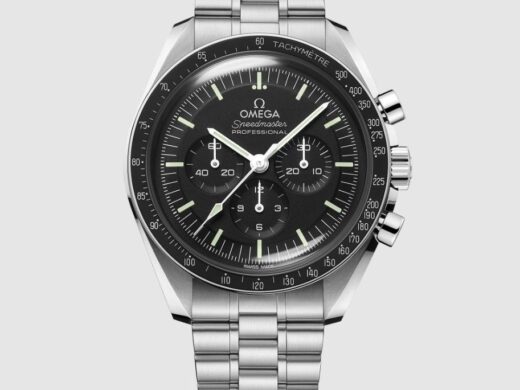
Omega Speedmaster Moonwatch
When it comes to top-notch performance in demanding conditions, the pressure doesn’t get much more intense than during the moon landings. That’s precisely why NASA’s designated watch for the Apollo 11 crew, and subsequent missions, takes the concept of a sports watch to an entirely different celestial realm.
To endure the rigors of space travel, Plexiglass was chosen over sapphire crystal. Despite a seemingly modest 50-meter water resistance, it is guaranteed for a staggering distance of 360,000 kilometers into the vastness of space. Notably, Buzz Aldrin placed his trust in the accuracy of his Speedmaster over the Lunar Module’s malfunctioning in-board electronic timer.

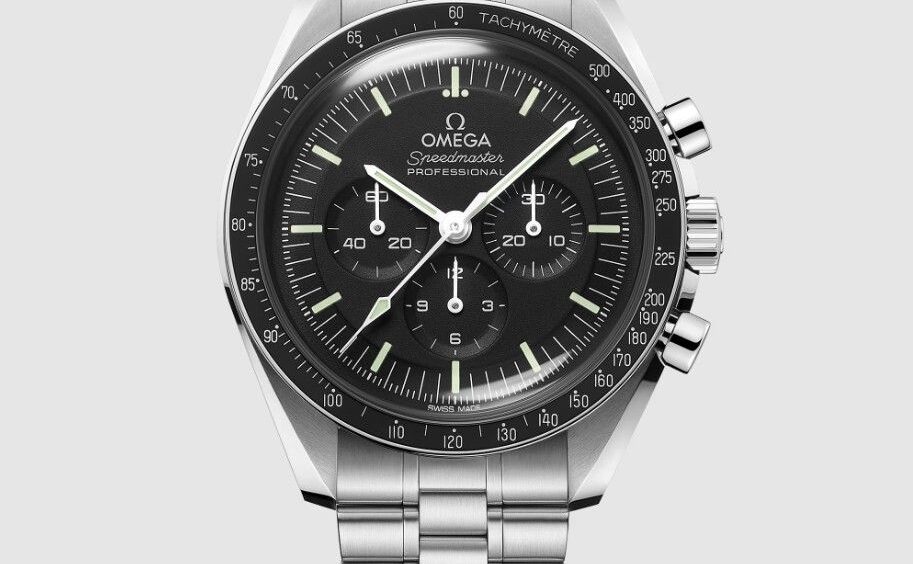
No comments yet.